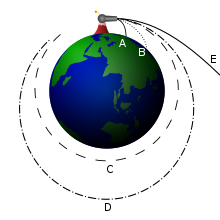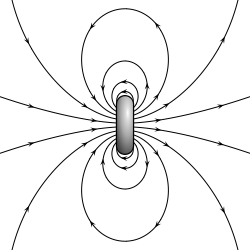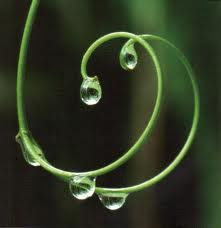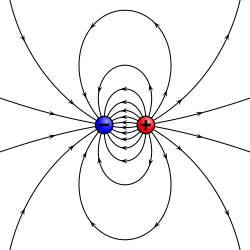Do you remember those three or four armed water sprinklers you used to connect up to the garden hose, and the analogy we used about the sun being a pipe producing photons?
The water in the pipe is fed into the sprinkler, then split into four smaller tubes. The sprinkler spins due to the water pressure, and each arm is divided into five small jets, (20 in all), but as the stream of water flies into the air, the jets of ware become droplets, all seperate, and all spinning out in a big spray of water, like light from the sun?
You drag your garden hose across the lawn, and it takes a certain amount of effert to haul it along the ground. Now you run it between a couple of rocks, so that it has friction on either side. More effort is required to drag the hose.
Imagine that is like an electron spinning, (flying) around a molecule. You continue to grag your hose, and it comes free of the rocks. Suddenly there is less effort required to drag the hose, and it travels in a straight line.
Imagine that the hose is like a river, flowing between some hills, or an electron flying between two molecules, or two neutrons.
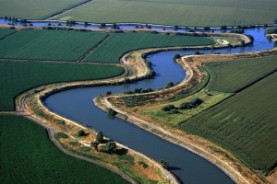
The river may not stay within its banks, but will take the path of least resistance, sometimes going either side of an obstacle, but where it must it will follow the easiest course, and will remain in the main river bed.
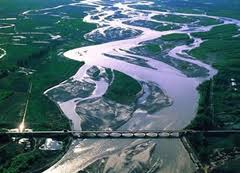


So what is this page, and the
next one saying? Only that there are 100 or so elements or unique
(different types) of atoms.
What makes then different is that each has
one more electron than the preceeding one, because something in the
nucleus (protons and neutrons) is becoming increasingly more complex and
bigger. Each additional electron requires an additional proton, but additional neutrons do not add electrons. Electrons fit into "shells", or orbits. There are up to two electrons in the first shell, and up to eight in the second, (making ten in total with the two in the first shell). More later.
Everything is
made up of light (photons), even electrons (my opinion). Einstein said it first. But it is
possible there is matter travelling at millions of times the speed of
light. That means the time to get to the next galaxy 2.2 million light
years away could be almost instantaneous, by taking a galactic
'shortcut'. Can we prove it? Make no mistake, we will never travel as fast as or faster than the speed of light. We are stuck on this planet, and possibly Mars, until we die, so we may as well make it a place worth living.

An object remains in orbit around a mass, until increased energy boosts it outside that orbit.

